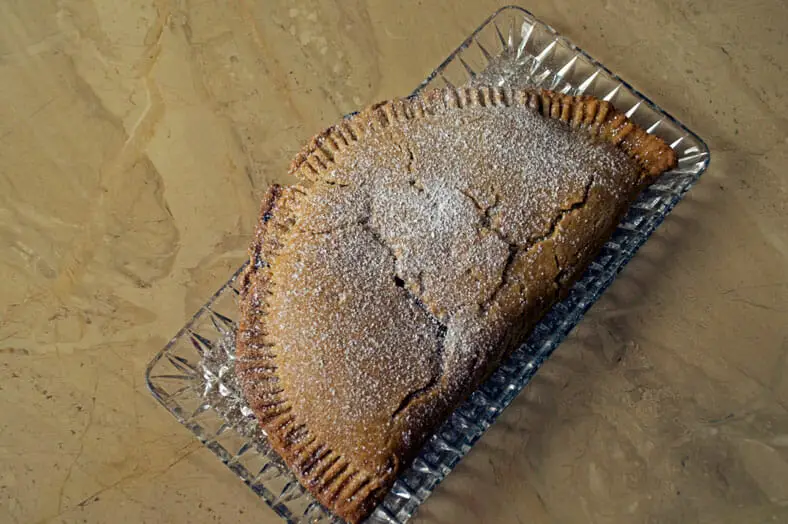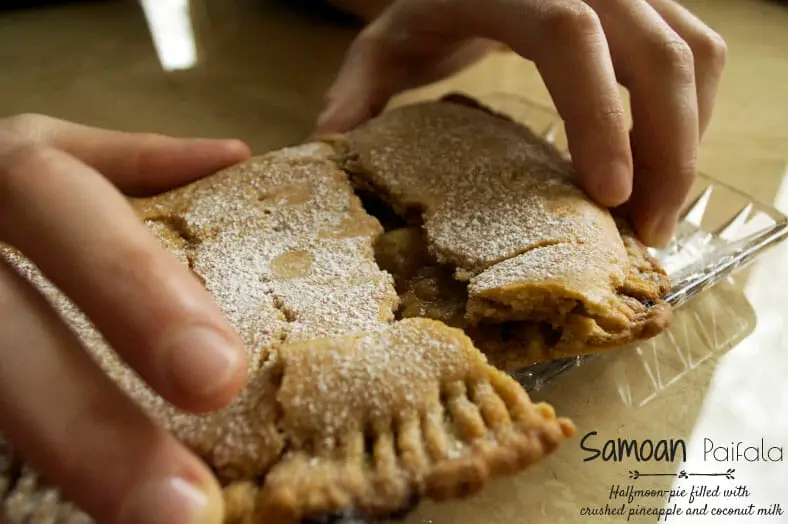As we continue to try new recipes from around the world, we’re starting to pick up on certain trends and commonalities between cuisines.
We thought we had come onto one of these commonalities with paifala. After all, from the outward look of it, paifala looks an awful lot like empanadas from the Latin and Spanish cuisines.
Well, it turns out we were completely wrong on this one!

Paifala and Samoan Cuisine
Samoans are really big on any reason to get together and feast, not just for the special festive occasions. For example, Sundays, the day of rest, are when local communities get together for to’ona’i or a very nice long afternoon meal together.
At a meal like a to’ona’i, you might find Samoan dishes like palusami, pua’a, povi masami, and of course some paifala. This food might all be cooked over an umu, or a cooking pit dug into the ground and lined with smooth stones over a smoldering fire. Everything and anything can be cooked in the umu, which can give off a very distinct and delicious smoky flavor.
(If you’re not familiar with any of these recipes yet, worry not! We’ll absolutely cook them in later posts here on Arousing Appetites. We might even take a crack at our own umu too.)
If there is one ingredient that is extremely common to find in any Samoan recipe, it’s going to be anything coconut-related. As you see later on, paifala is no exception, of course, but even the savory dishes in a mealtime will most likely have some element of coconut used in it.
About the Recipe
Paifala in its most traditional form is an incredibly simple and easy recipe to make. There are a few main ingredients that you might expect of a Polynesian island – coconut milk and pineapple – paired with what you might usually use to make a pastry.
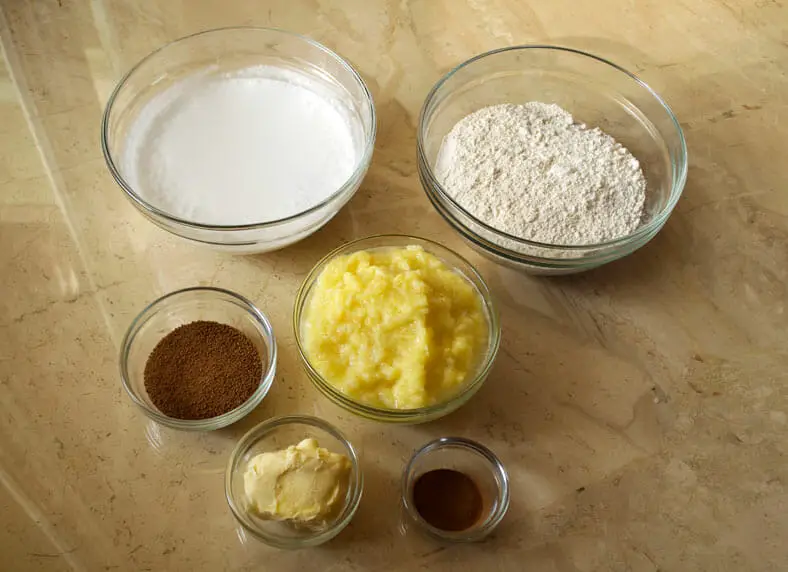
Inside the paifala is a filling made from a thickened mixture of finely crushed pineapple and coconut milk. The best way to describe the consistency you want to get for the filling is somewhere closer to a custard but still has some chunkiness that can handle being cooked in the oven.
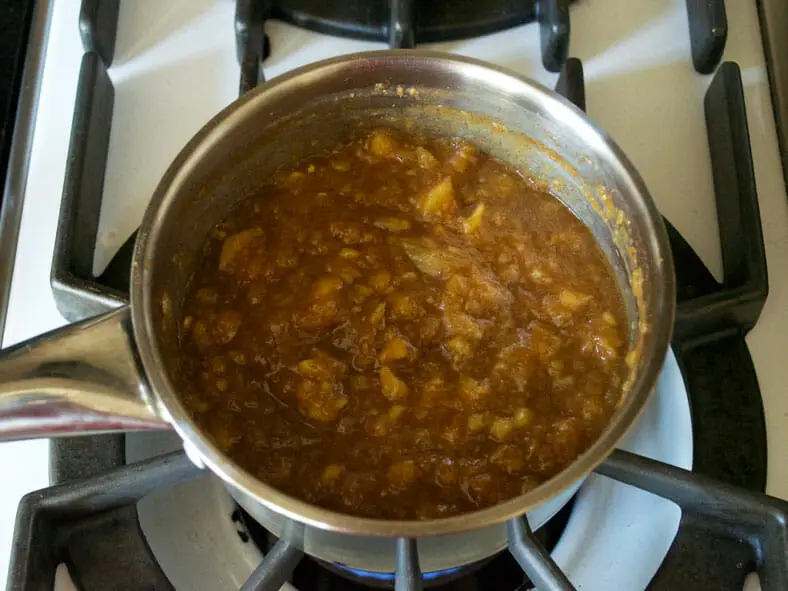
As for the pastry itself, the dough for paifala is actually very thick and decadent because of the inclusion of coconut milk. It’s a very simple process to combine the flour, butter and coconut milk, but you’ll soon find that the type of dough that it yields is far thicker and heavier than what you might be usually used to.
From there, you’ll put the whole paifala together by cutting a circular shape out of the dough, placing a healthy helping of filling in the middle, folding one side of the dough over to the other, and sealing it up.
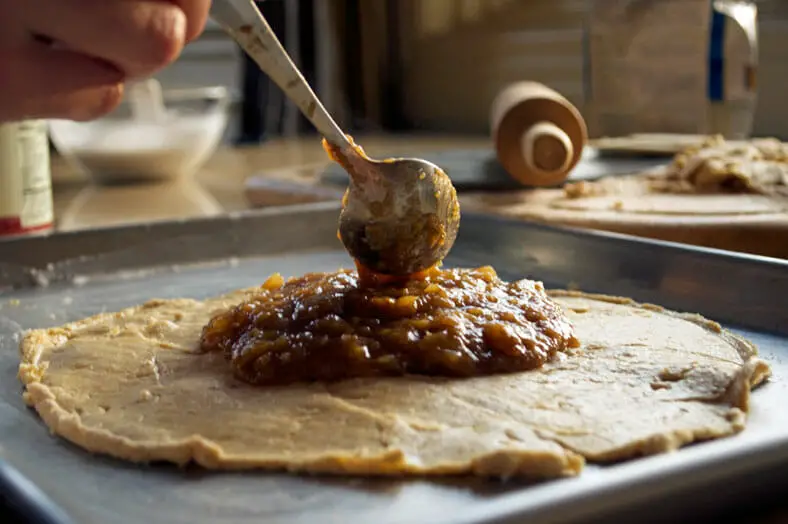
Place it in the oven for a bit, et voila, paifala!

Our Take on the Recipe
Okay, we do need to preface that we did make some fairly significant tweaks to the original paifala recipe, which we used as a reference.
The first adjustment came in the proportions of each ingredient. Our first version following the original specifications made for a lot of paifala and each of the four pastries made were incredibly thick. While the crust is a tasty and decadent crust, it was a bit too dominant over the filling for us, so we scaled back all ingredients – some more than others – to account for one paifala with a reasonable thickness.

One of our biggest (and very non-traditional) liberties with our paifala was adding cinnamon and nutmeg to the filling. It changed pretty much everything from how the original filling is intended to be. We personally didn’t have anything against the original paifala unspiced filling, but we experimented and ended up liking these additions to the recipe. If you want to go the more traditional route, then please feel free to omit the spices from your version.
Finally, like we do in other baked goods, we opted for a slightly better option of coconut sugar in place of regular granulated sugar in our paifala.
All in all, paifala was a fun yet very simple pastry to make, and a great way to get a peek into a less heralded Somoan cuisine!
What are your experiences or memories of paifala? Comment below!
